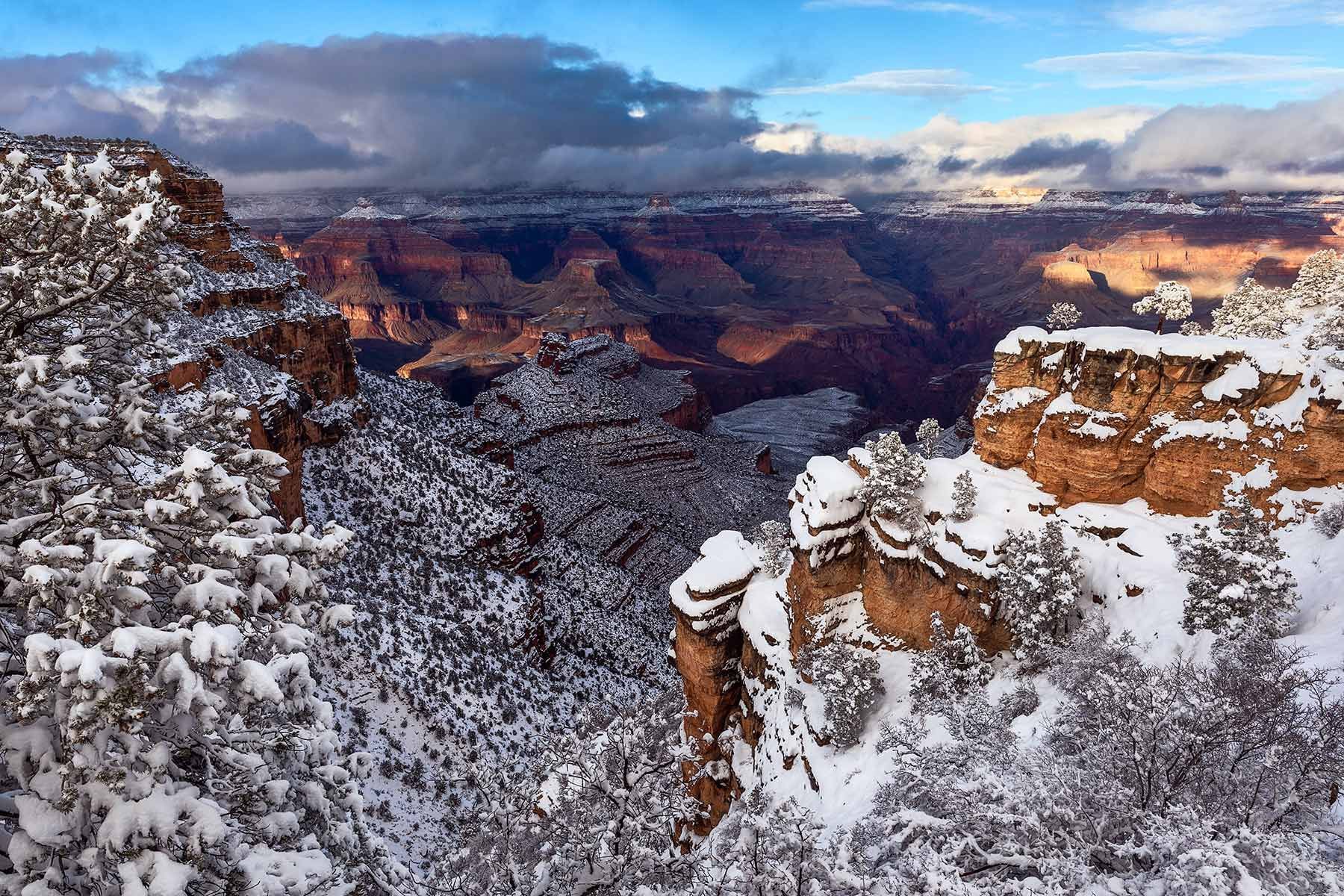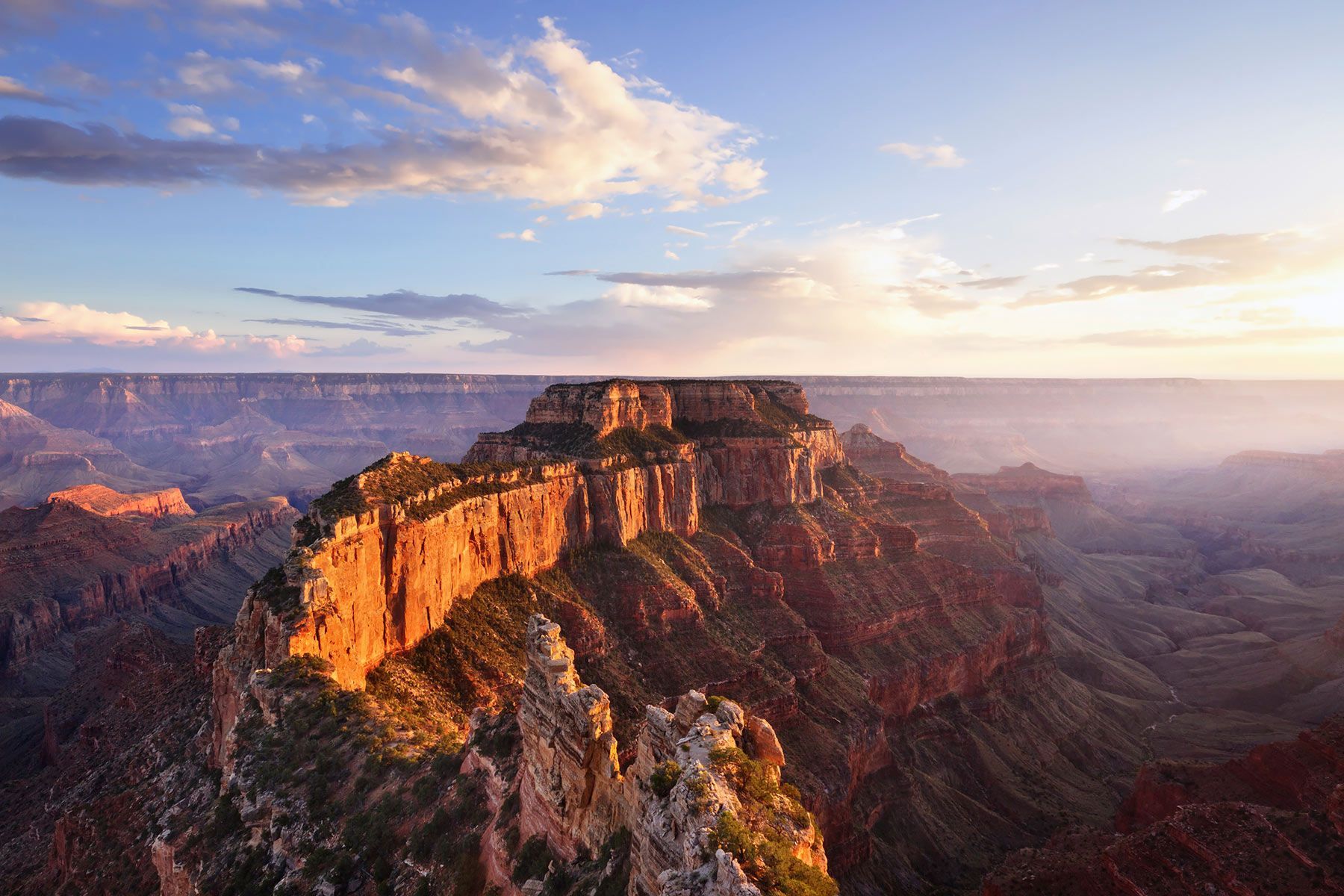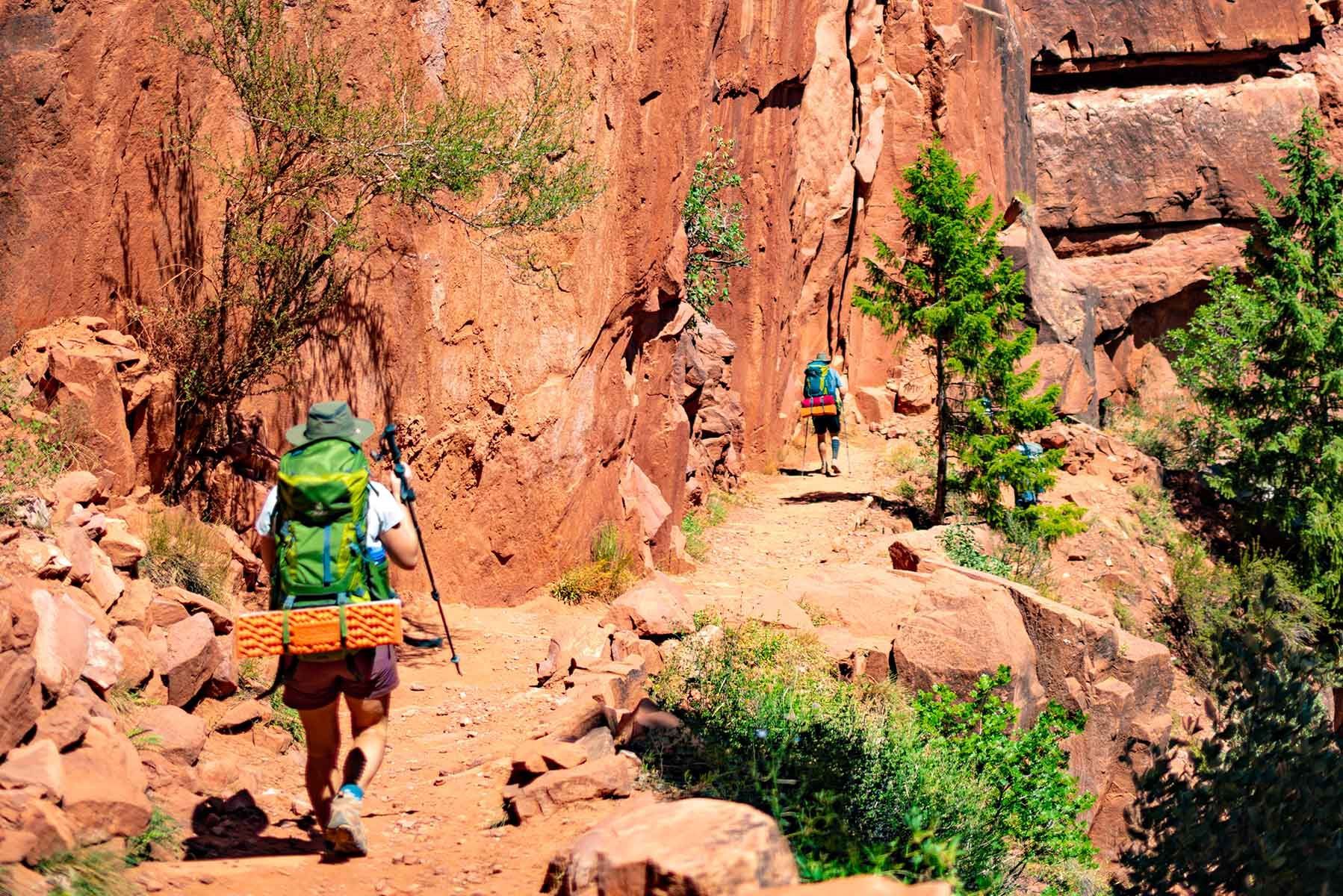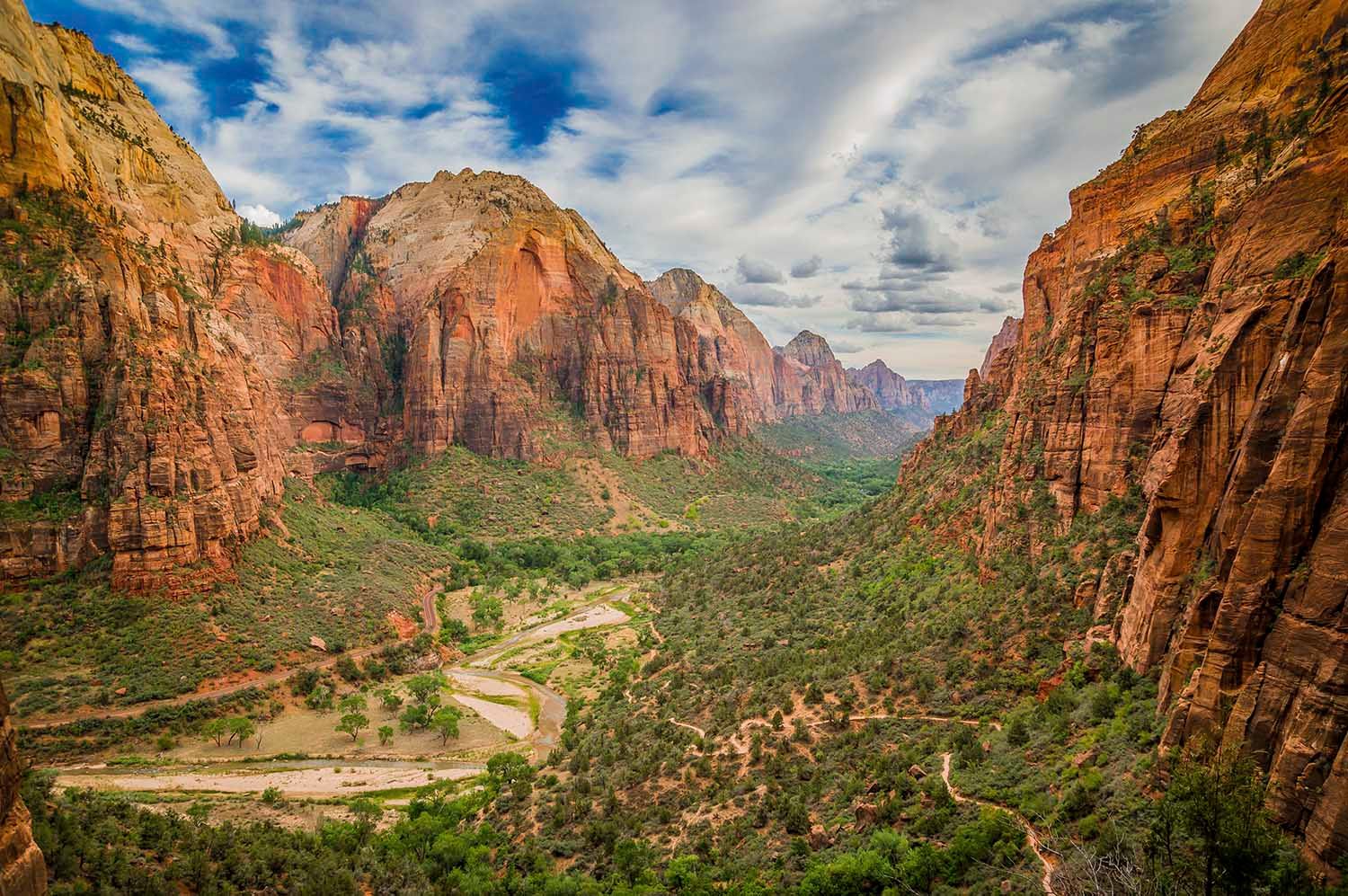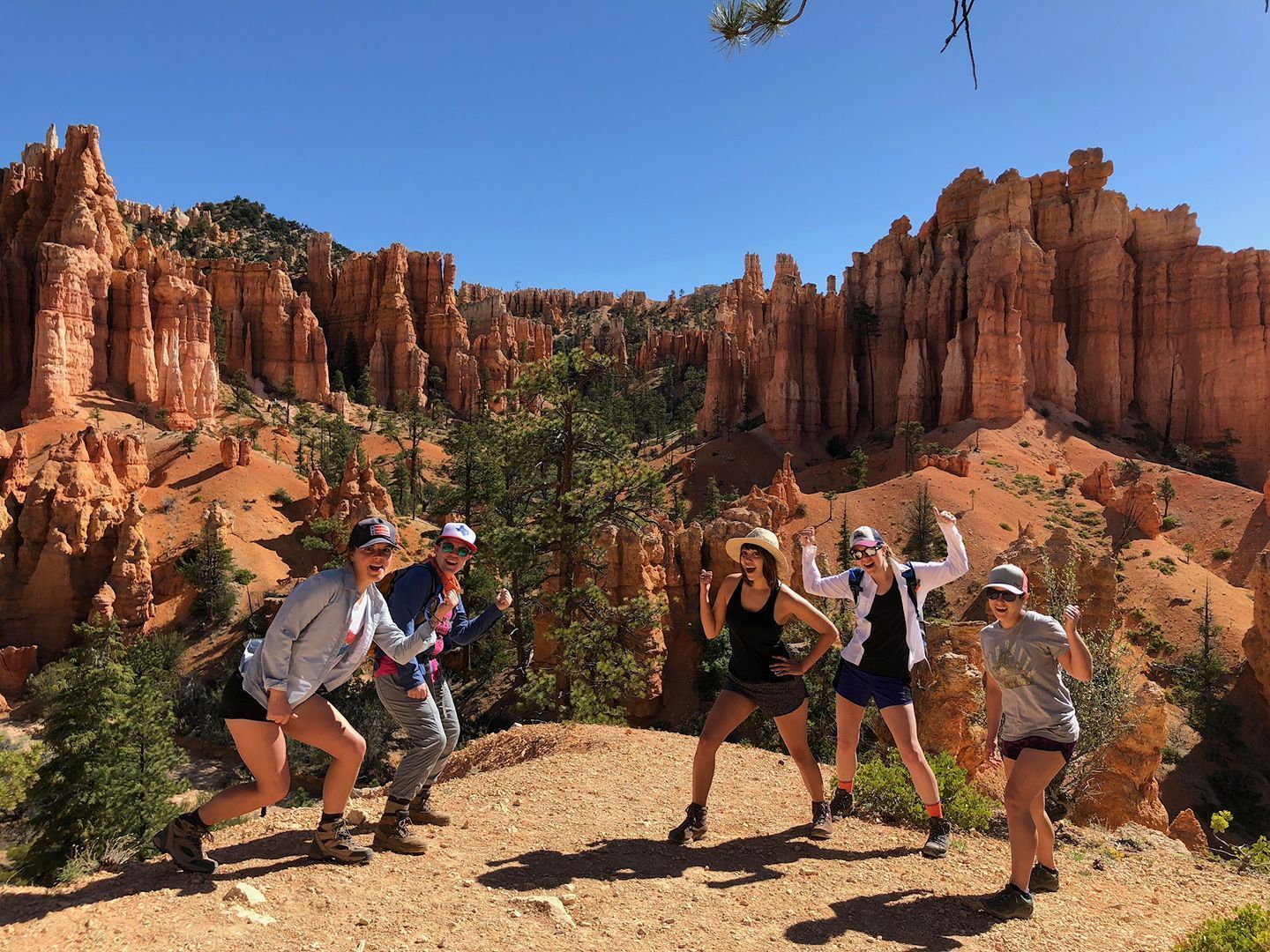Yosemite National Park: Hiking Half Dome, Part 2
Key Takeaways
- Hiking to the bottom of the Grand Canyon offers a once-in-a-lifetime experience with breathtaking views and the chance to truly connect with nature beyond the rim.
- South Rim hikes are the most popular and accessible for all experience levels, offering established trails, comfortable lodges, and stunning vistas.
- North Rim adventures provide a quieter, more remote experience with opportunities for camping under the stars and floating along the Colorado River.
- Havasu Canyon Trailhead rewards hikers with turquoise pools, cascading waterfalls, and an unforgettable contrast of red cliffs and lush greenery.
- Guided Grand Canyon backpacking tours cater to all skill levels—complete with optional gear assistance, lodging, and expert leadership for a safe, scenic, and memorable journey.
- Planning early is essential, as permits and lodge reservations for Grand Canyon hikes often fill up months in advance due to high demand.
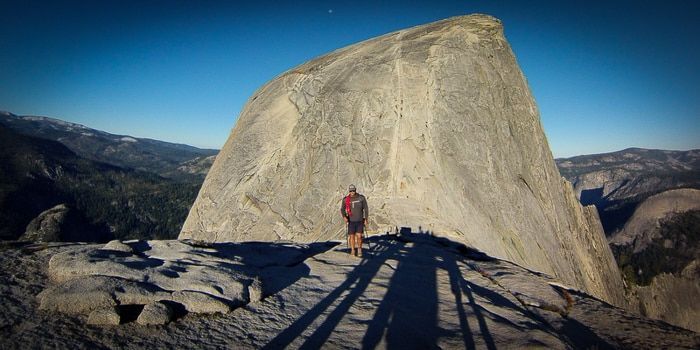
In Part 1, we talked about hiking Half Dome as a long day hike from Yosemite Valley. The other way, and the preferred alternative is to summit the Half Dome as part of a longer overnight backpacking trip in Yosemite’s outstanding backcountry. You’ll find several guided Yosemite backpacking trips that make the journey both rewarding and accessible.
There are a number of fantastic Yosemite Hiking Tours that can include a summit of Half Dome. It can be a grand finale to a weeklong adventure, with your final night spent at the popular Little Yosemite Valley campground. Regardless of where you hike on your way to Half Dome, you will want to spend the night prior to summiting somewhere in close proximity to the Half Dome trail.
There are some great campsites on the John Muir Trail along Sunrise Creek that will leave you about 2 to 3 miles from the cables heading up to the top. If you really want a magnificent experience, plan for a VERY early start on the morning of your summit.
This way, you will beat the crowds coming from the campground in Little Yosemite Valley and those doing it as a day hike. You will likely also beat any potential afternoon thunderstorms and can enjoy the beauty of the early morning twilight and sunrise as you huff and puff up the Sub Dome.
Once on top, it will be likely that the space will have ‘just you’ on it, so take your time, soak in the wonderful views, have some food, and give yourself a high-five!! Once you come back down, you can head back to your camp, pack up your belongings, and head on down to Little Yosemite Valley for your final night of camping.
There are certainly plenty of other ways to include a Half Dome summit on your backpacking trip. A really great trip starts up in the high country by Tenaya Lake. Spend a few days backpacking through alpine terrain as you make your way towards Yosemite Valley. Consider a summit of the equally fantastic Clouds Rest along the way.
Another option is to hike in via Cathedral Lakes near Tuolumne Meadows. These gorgeous alpine lakes are a great place to camp on your first night. Either of these suggestions will provide a fantastic 4 or 5-day trip that will introduce you to some of Yosemite’s outstanding backcountry!
Frequently Asked Questions
Explore everything you need to know about hiking Half Dome in Yosemite National Park — from backpacking routes to best times and preparation tips.
How do you hike Half Dome as part of a backpacking trip?
The most popular backpacking approach starts from Yosemite Valley, with an overnight stay near Little Yosemite Valley or along Sunrise Creek. Spending the night close to the base allows an early start for the summit and helps you avoid crowds and afternoon thunderstorms.
Where should I camp before hiking Half Dome?
Ideal camping spots include Little Yosemite Valley Campground or dispersed sites along Sunrise Creek on the John Muir Trail. Both options put you within a few miles of the Half Dome cables, making it easier to start early for your summit attempt.
Why is it better to start the Half Dome hike early?
Starting before sunrise lets you avoid the heavy crowds that arrive later in the morning and reduces your risk of encountering afternoon thunderstorms. It also rewards you with peaceful trails and incredible sunrise views as you climb the Sub Dome and cables.
How long does a Half Dome backpacking trip usually take?
Most backpacking itineraries range from 2 to 5 days, depending on your route. A short trip might include a night at Little Yosemite Valley, while longer routes from Tenaya Lake or Cathedral Lakes offer several days of high-country hiking before summiting Half Dome.
What are alternative routes to reach Half Dome?
Two scenic alternatives begin from the high country: one from Tenaya Lake via Clouds Rest, and another from Cathedral Lakes near Tuolumne Meadows. Both offer spectacular alpine views and a multi-day adventure that ends with the Half Dome summit.
Is a Half Dome permit required for backpackers?
Yes. Backpackers need a wilderness permit that includes Half Dome access. This permit covers both your backcountry camping and the Half Dome cables section, unlike day hikers who must apply separately for a Half Dome day-use permit.
What makes the Half Dome summit experience special?
Standing atop Half Dome offers panoramic views of Yosemite Valley and the Sierra Nevada peaks. Early starters often enjoy quiet, crowd-free moments at the summit — perfect for soaking in the scenery and celebrating a challenging, rewarding climb.
What is the best time of year to hike Half Dome?
The cables are typically up from late May through early October, depending on weather. Late spring and early fall are ideal for cooler temperatures, fewer crowds, and stable conditions for backpacking and summiting.
Can I include other hikes with Half Dome?
Yes. Many backpackers combine Half Dome with other Yosemite highlights such as Clouds Rest, Cathedral Lakes, or Sunrise Lakes. These routes showcase Yosemite’s alpine beauty and make for a well-rounded multi-day adventure through the park’s backcountry.
What should I bring for a Half Dome backpacking trip?
Pack essentials include sturdy hiking boots, layered clothing, a tent, food, water filtration, and gloves for the cables. Don’t forget a headlamp for early starts and plenty of water, as the climb to the summit can be strenuous and exposed.
About Yosemite Hiking Tours: Yosemite, and specifically hiking Half Dome, is on the bucket-list of adventurers from all around the globe.
Take a leap and book your backpacking adventure today with the area’s top Adventure Backpacking Company, by visiting Four Season Guides to explore all Yosemite adventures today!
Four Season Guides, 506 N Grant St suite o, Flagstaff, AZ 86004, United States
+19285251552
35.19653980, -111.62000560

